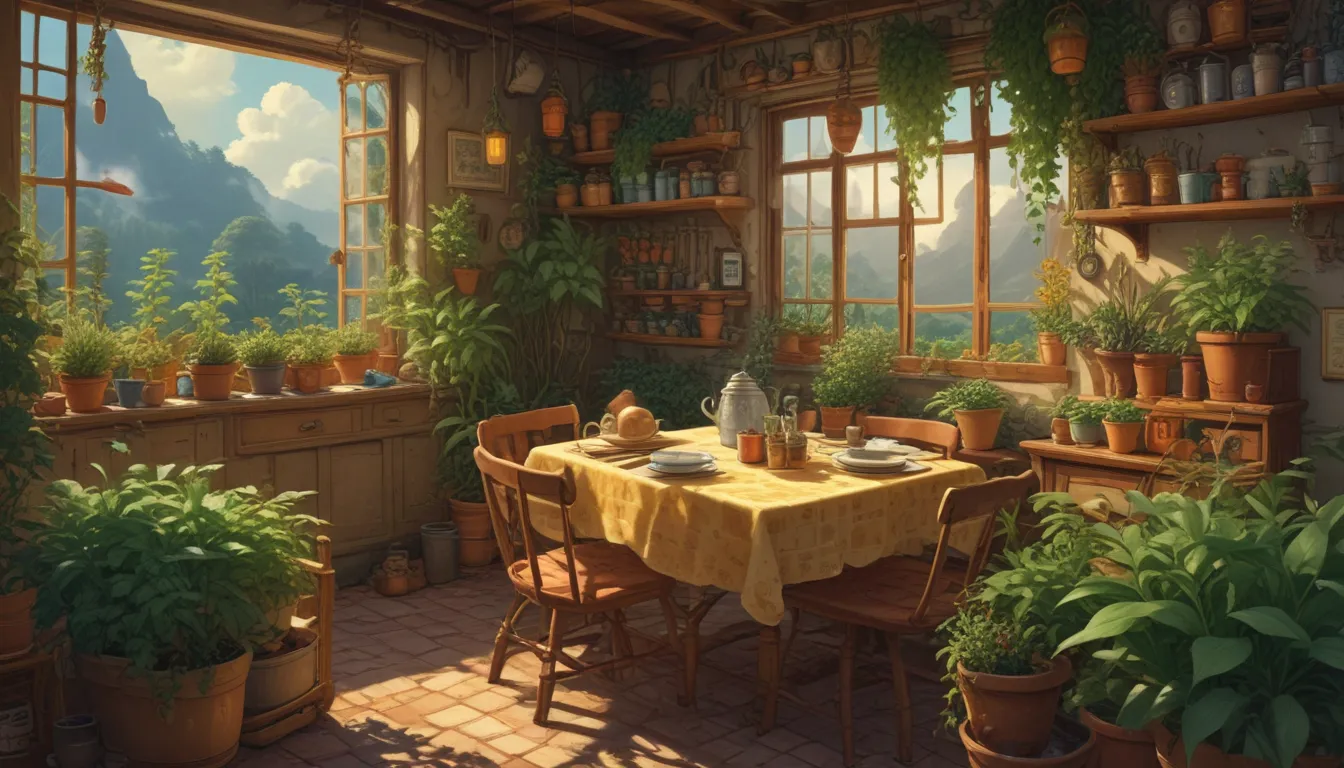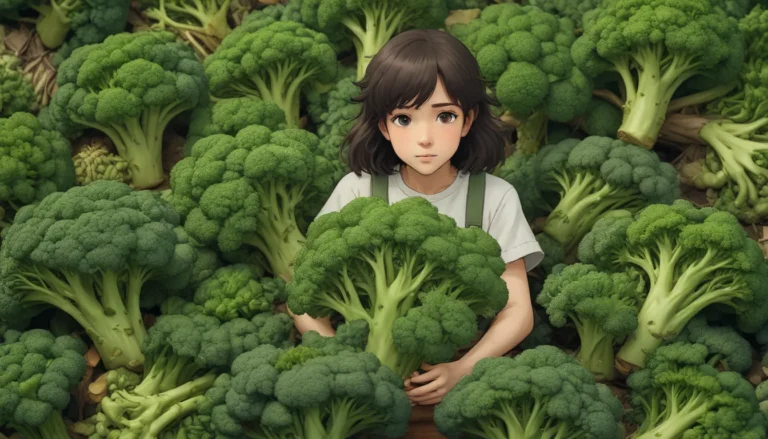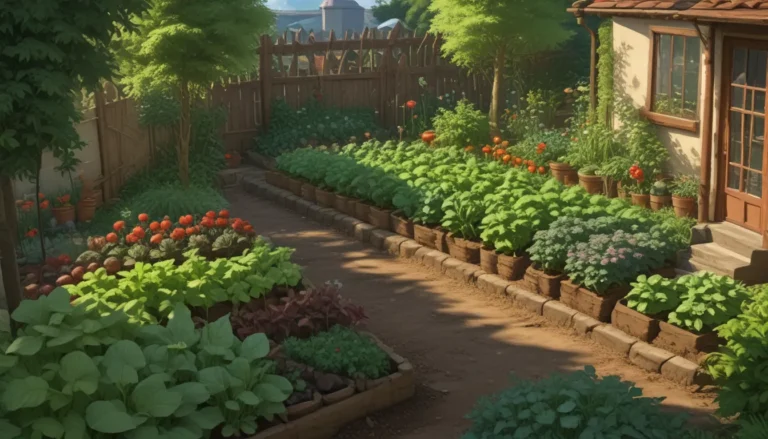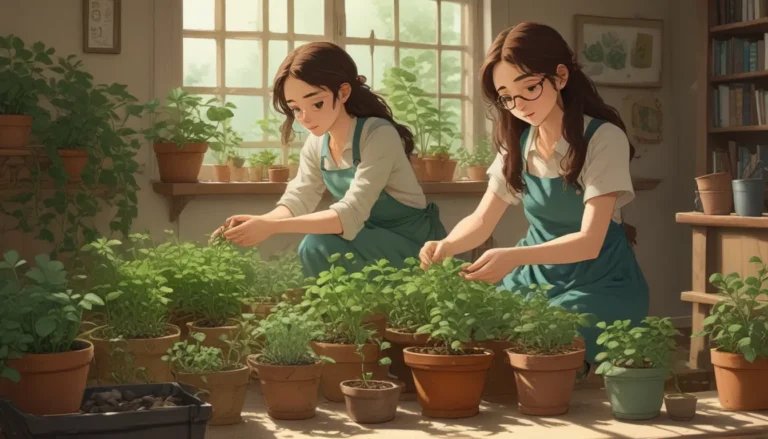Waffle Plant Care Guide: Everything You Need to Know

Have you ever come across a plant with crinkled leaves and wondered what might be wrong with it? Well, for the waffle plant, having crinkled leaves is just a part of its charm. The Strobilanthes alternata, also known as the waffle plant, boasts colorful leaves with a unique waffle-like texture, making it a standout choice from the typical green, smooth foliage seen in many other houseplants.
While it may not taste as good as a plate of warm homestyle Eggos, the waffle plant can certainly bring a smile to your face with its beauty. With its compact size, vibrant colors, and easy care requirements, the waffle plant is a fantastic addition to any houseplant collection.
In this comprehensive guide, we’ll walk you through everything you need to know to grow and care for the waffle plant. From propagation to cultivation, health care, and maintenance, all the essential information you need is right here.
So, let’s dive in!
What Are Waffle Plants?
The waffle plant, also known as the purple waffle, red ivy, or cemetery plant, belongs to the Acanthus family and is an herbaceous tropical perennial. Native to Indonesia, India, and Malaysia, this species is commonly found growing in dense carpets under the canopies of larger trees.
The waffle plant is known for its striking leaves with a metallic sheen. These leaves are oval to heart-shaped, dark green on top, and dark purple underneath. The plant blooms small, bell-shaped flowers on one-inch racemes in spring or summer.
Cultivation and History
The waffle plant has become popular in ornamental gardening due to its unique appearance. While it has spread to various tropical and subtropical regions thanks to human introduction, it has also become naturalized in some areas, displacing native flora in the process.
In addition to its ornamental value, the leaves of the waffle plant are used in folk medicine to treat various conditions. As a houseplant, the waffle plant offers beauty without the risk of it spreading uncontrollably in your garden.
Waffle Plant Propagation
Waffle plant seeds are challenging to collect from indoor specimens. Therefore, stem cuttings or transplanting juvenile plants are more common propagation methods for houseplant growers.
From Cuttings
To propagate waffle plants from cuttings, take four- to six-inch cuttings from healthy stems in early spring. Ensure each cutting has at least one node, remove lower foliage, dip the cut ends in rooting hormone, and place them in a well-draining substrate.
Transplanting
When transplanting waffle plants, choose a well-draining pot slightly larger than the root system. Fill it with a rich growing medium, create a hole for the transplant, place the plant, and water it in.
How to Grow Waffle Plants
Once you have an established waffle plant, caring for it becomes relatively straightforward.
Climate and Exposure Needs
Waffle plants thrive in bright, indirect sunlight and prefer temperatures between 50 and 80°F. Provide ample humidity by grouping plants together, using a humidifier, or placing them on a humidity tray.
Soil Needs
Use a well-draining, fertile, and organically-rich soil with a pH of 6.0 to 7.0 for waffle plants to thrive.
Water and Fertilizer Needs
Keep the soil consistently moist but not waterlogged, and fertilize monthly during the spring and summer with a balanced fertilizer.
Growing Tips
- Provide bright, indirect sunlight.
- Ensure the growing media is well-draining and moisture-retentive.
- Water when the surface of the soil feels dry to the touch.
Pruning and Maintenance
Waffle plants are low-maintenance and easy to care for. Repot when the roots outgrow the container, trim leaves and stems as needed, and prune dead or damaged foliage promptly.
Waffle Plant Cultivars to Select
In addition to the standard waffle plant, there are several cultivars worth considering.
– Belgian Waffle: Features unique green leaves with creamy yellow margins.
– Red Flame Ivy: Exhibits purple leaves with green undersides.
– Snow White: Known for its light green leaves with white and pink variegation.
Managing Pests and Disease
While waffle plants are generally low-maintenance, they may be susceptible to pests and diseases, such as aphids, scale, whiteflies, and root rot. Here’s how to manage common issues:
– Insects: Use horticultural oil or insecticidal soap to control aphids, scale, and whiteflies.
– Root Rot: Prevent root rot by providing good drainage and avoiding overwatering.
Best Uses for Waffle Plants
Waffle plants are ideal for potting, hanging baskets, and terrariums due to their unique leaves and love for humidity. Their tropical appearance provides a striking contrast when paired with other houseplants.
Quick Reference Growing Guide
- Plant Type: Herbaceous perennial
- Flower/Foliage Color: White/green to purple
- Water Needs: Moderate
- Hardiness (USDA Zone): 10-11
- Bloom Time/Season: Spring-summer
- Exposure: Bright, indirect light
- Soil Type: Moist, rich
- Spacing: Root ball 1 inch away from container edges
- Height: 6-9 inches
- Spread: 12-18 inches
- Growth Rate: Slow
- Common Pests and Diseases: Aphids, scale, whiteflies; root rot
Don’t Waffle on the Waffle Plant
Adding a waffle plant to your home can be a delightful experience. With its unique leaves, easy care requirements, and beautiful cultivars to choose from, the waffle plant is a fantastic addition to any indoor garden.
Whether you’re a seasoned plant enthusiast or just starting your green journey, the waffle plant offers beauty and charm that can brighten up any space. So, don’t hesitate to bring home a waffle plant and enjoy the joy it brings to your home.
Do you have any tips or experiences to share about caring for waffle plants? We’d love to hear from you in the comments below! And if you want to explore more green-and-purple houseplants, be sure to check out our other care guides.
By rewriting the article in an informative and conversational style, adding additional content, and organizing it with headings and bullet points, the revised version provides a more comprehensive and reader-friendly guide to growing and caring for waffle plants.





